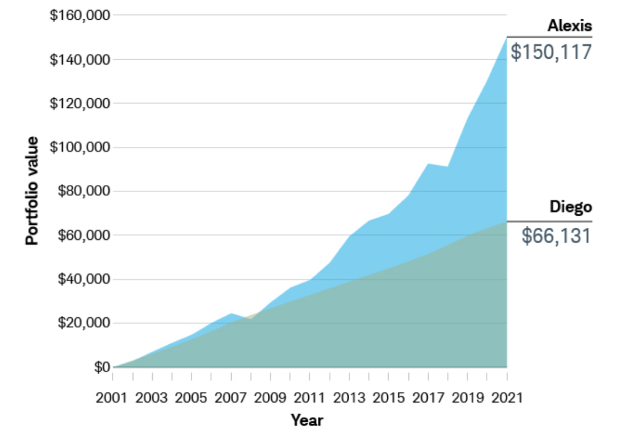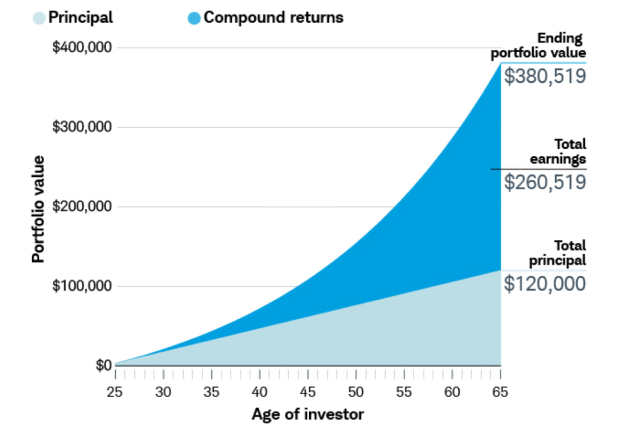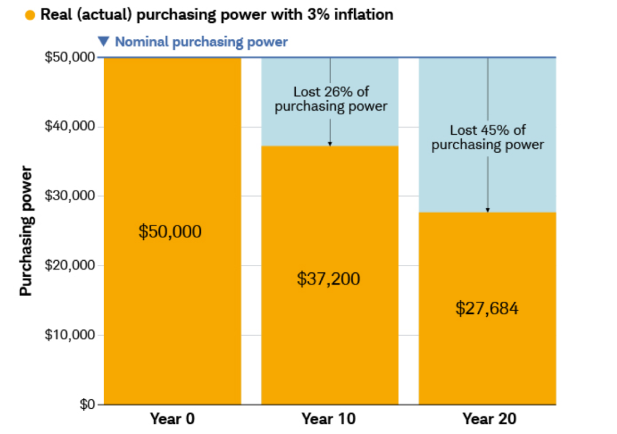Why should I start investing?

How to invest: Five-step guide to help set yourself up for success
This actionable guide can help you create an investment strategy that aligns with your goals.
Have questions? We're here to help.
-
 Call
CallIf you live in the U.S., call 800-654-2593.
If you live outside the U.S., visit the Contact Us page to find your country's local number.
Our specialists are available Monday through Friday, 24 hours a day.
-
 Chat
ChatLog in to your account, head to the Equity Awards tab, and select the chat icon to be connected directly with a Stock Plan Services Specialist.
-
 Access resources
Access resourcesHave questions about navigating your equity account? Searching for a specific form?
Visit our Videos & Forms page for helpful resources.


